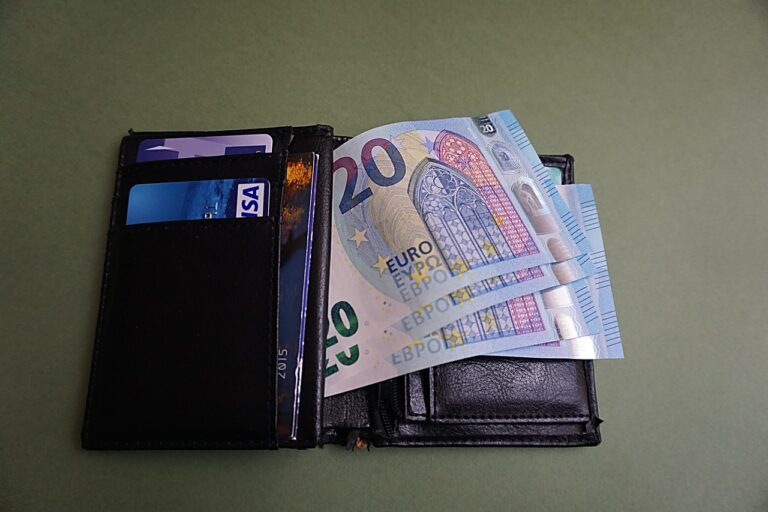Analyzing the Shift Towards Sustainable Packaging Solutions
When considering sustainable packaging solutions, one key driver that stands out is increasing consumer awareness. Consumers are becoming more educated and conscious about the environmental impact of their purchases, driving the demand for sustainable packaging options. This shift in consumer behavior is pushing companies to prioritize eco-friendly packaging to meet the expectations of their environmentally-conscious customers.
Another significant driving force for sustainable packaging solutions is government regulations and policies. As governments worldwide enforce stricter environmental regulations, companies are compelled to reevaluate their packaging practices to comply with these laws. By adhering to these regulations and proactively implementing sustainable packaging strategies, businesses can not only reduce their environmental footprint but also uphold their reputation as socially responsible entities compliant with legal requirements.
Impacts of Traditional Packaging on the Environment
Traditional packaging, with its heavy reliance on single-use plastics and non-biodegradable materials, continues to pose significant threats to the environment. The production and disposal of these packaging materials contribute to pollution of landfills, oceans, and waterways, endangering wildlife and ecosystems. In addition, the energy-intensive manufacturing processes involved in traditional packaging production result in substantial greenhouse gas emissions, further exacerbating climate change.
Moreover, the widespread use of traditional packaging contributes to resource depletion and waste generation on a global scale. The extraction of raw materials, such as fossil fuels and natural gas, for traditional packaging production not only depletes finite resources but also leads to habitat destruction and ecological harm. The disposal of these materials after use often leads to litter and landfill accumulation, creating long-lasting environmental impacts that threaten the health and well-being of both present and future generations.
• The production and disposal of traditional packaging materials contribute to pollution of landfills, oceans, and waterways
• Endangering wildlife and ecosystems
• Energy-intensive manufacturing processes result in substantial greenhouse gas emissions
• Resource depletion and waste generation on a global scale
• Habitat destruction and ecological harm due to extraction of raw materials for packaging production
• Litter and landfill accumulation from disposal of traditional packaging materials
Innovative Materials for Sustainable Packaging
In the quest for sustainable packaging solutions, the use of innovative materials has been a key focus for many industries. From biodegradable plastics made from corn starch to compostable plant-based fibers, manufacturers are exploring a wide range of eco-friendly options. These materials not only reduce the reliance on finite resources but also minimize the negative impacts on the environment.
One promising innovation in sustainable packaging is the development of alternative fibers such as hemp, bamboo, and bagasse. These natural materials offer a renewable and biodegradable option that can be used in various packaging applications. By harnessing the potential of these innovative materials, companies can enhance their environmental performance and meet the growing consumer demand for more sustainable products.
What are some key drivers for sustainable packaging solutions?
Some key drivers for sustainable packaging solutions include increasing consumer awareness about environmental issues, government regulations on waste management, and the desire for companies to reduce their carbon footprint.
What are the impacts of traditional packaging on the environment?
Traditional packaging can have significant negative impacts on the environment, including contributing to landfill waste, creating pollution during production and disposal, and using non-renewable resources.
What are some innovative materials for sustainable packaging?
Some innovative materials for sustainable packaging include biodegradable plastics, compostable materials, recycled paper and cardboard, and plant-based alternatives like bamboo and sugarcane. These materials offer more environmentally friendly options compared to traditional packaging materials.







